Weight reduction plays a key role in improving the fuel efficiency of aviation and automotive designs. Better fuel efficiency leads to less CO2, paving the way towards a sustainable future in both industries.
Mechanical joints are traditionally heavy components that are commonplace in aviation and automotive designs. Their weight comes from the need for stronger metals that can withstand high loads, stress and tension.
Fortunately, the development of innovative fastening solutions has enabled the integration of lighter metals into these components to reduce overall design weight without jeopardising long-term functionality.
The shift to sustainable solutions
In 2022, cars and vans were responsible for more than 25% of global oil use and contributed 10% to global energy-related CO2 emissions. The electrification of these vehicles is steadily growing in global adoption, but more than 80% of these vehicles still function via internal combustion engines (ICEs). In parallel, the aviation industry contributed 2% to the global energy related CO2 emissions in the same year, reaching 800 Mt.
Each of these industries have been significant contributors to global carbon emissions for decades, and as such have been under examination by regulatory bodies and governments. For automotive, combustion engines will be banned in a number of countries by 2030, and the aviation industry has a target of zero emissions by 2050.
To bridge the gap between current emissions and the eventual ban of ICEs, designers have been seeking low-carbon optimisations to their designs. A key aspect of this is introducing lightweight components, which enhance fuel efficiency and, in turn, reduce overall carbon emissions. Mechanical joints play a significant role in this optimisation, as they traditionally consist of heavy metals and greatly contribute to overall design weight.
Difficulties in mechanical joint weight optimisation
The process of integrating lightweight metals and materials into mechanical joints is a complex one. These joints traditionally consist of stronger, heavier metals as a result of their characteristics and requirements of the component. Depending on the specific type of joint, these components transfer significant weight loads that are concentrated on the specific fastening element used.
Due to the concentration of weight, stress and friction, these fastening elements usually consist of bolts or rivets through heavy metals such as steel. The joint strength, load bearing capacity and deformation limits of this fastening solution is able to withstand the operational forces of automotive and aviation designs. When trying to introduce lighter metals, their lack of hardness and low tensile strength causes deformation and failure.
Innovative fastening solutions to successfully integrate lightweight mechanical joints
As a solution to integrating light metals into mechanical joints, wire thread inserts are used to provide the required characteristics. These are specialised components that are installed into a tapped/threaded hole of a parent material. When a bolt is driven through the centre, its helical wire design adjusts radially and axially between the parent material and the bolt.
Wire thread inserts provide the characteristics required for light metals to be successfully used in mechanical joints and other fastening components:
- Enhanced strength - Wire thread inserts create an equal spread of contact strength between the bolt and parent material that would otherwise be concentrated in certain points. This greatly enhances fastening strength and prevents the risk of deformation, cracking and other tensile strength related issues.
- Dissipated stress - As wire thread inserts dissipate the tension between the bolt and the parent material, this also minimises the tension to the substrate of the parent material. This is particularly important for light metals that are typically soft and prone to wear.
- Long-term reliability - Wire thread inserts are available in a number of materials and protective finishes to enhance the lifespan of lightweight mechanical joints. Tangless solutions also provide a simple maintenance process as they can be easily removed, which is particularly valuable for aerospace and automotive designs.
Work towards a low-carbon future with KATO® Advanex
The transition towards sustainable operations and a low-carbon future has become a unified goal across aviation, aerospace and many other industries. To work towards this goal, weight reduction and optimisation has become a holistic solution to enhance fuel efficiency and lower total carbon emissions as a result.
Reducing the weight of traditionally heavy mechanical joints is a key interest in aerospace and aviation industries. At KATO® Advanex, we enable engineers to achieve this via our industry-leading wire thread inserts. Our inserts form strong, resilient and lightweight joints that reduce costs, improve fuel efficiency and inspire innovation. Available in a range of types, sizes and materials, we offer high-performance products suitable for any design.
To find out more about our products or to get additional pricing information, contact a member of our team today.
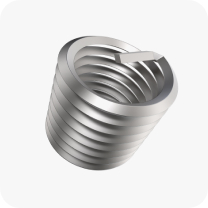
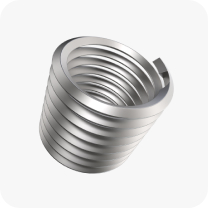
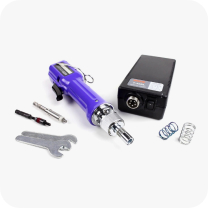
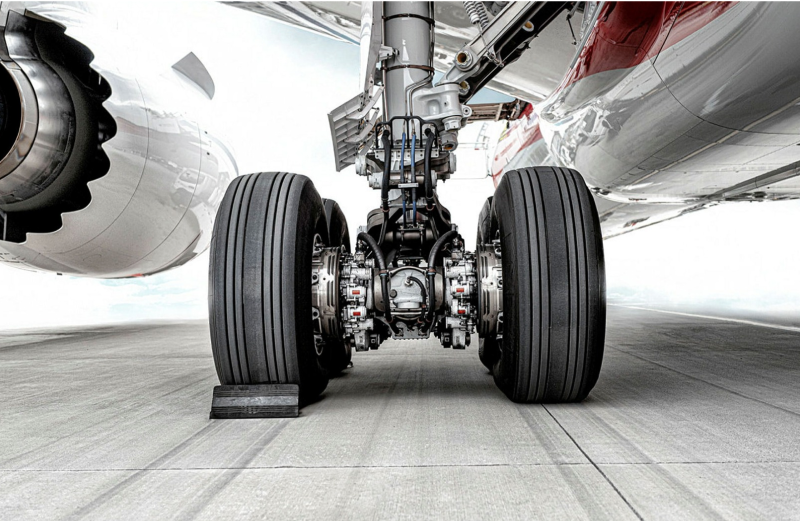
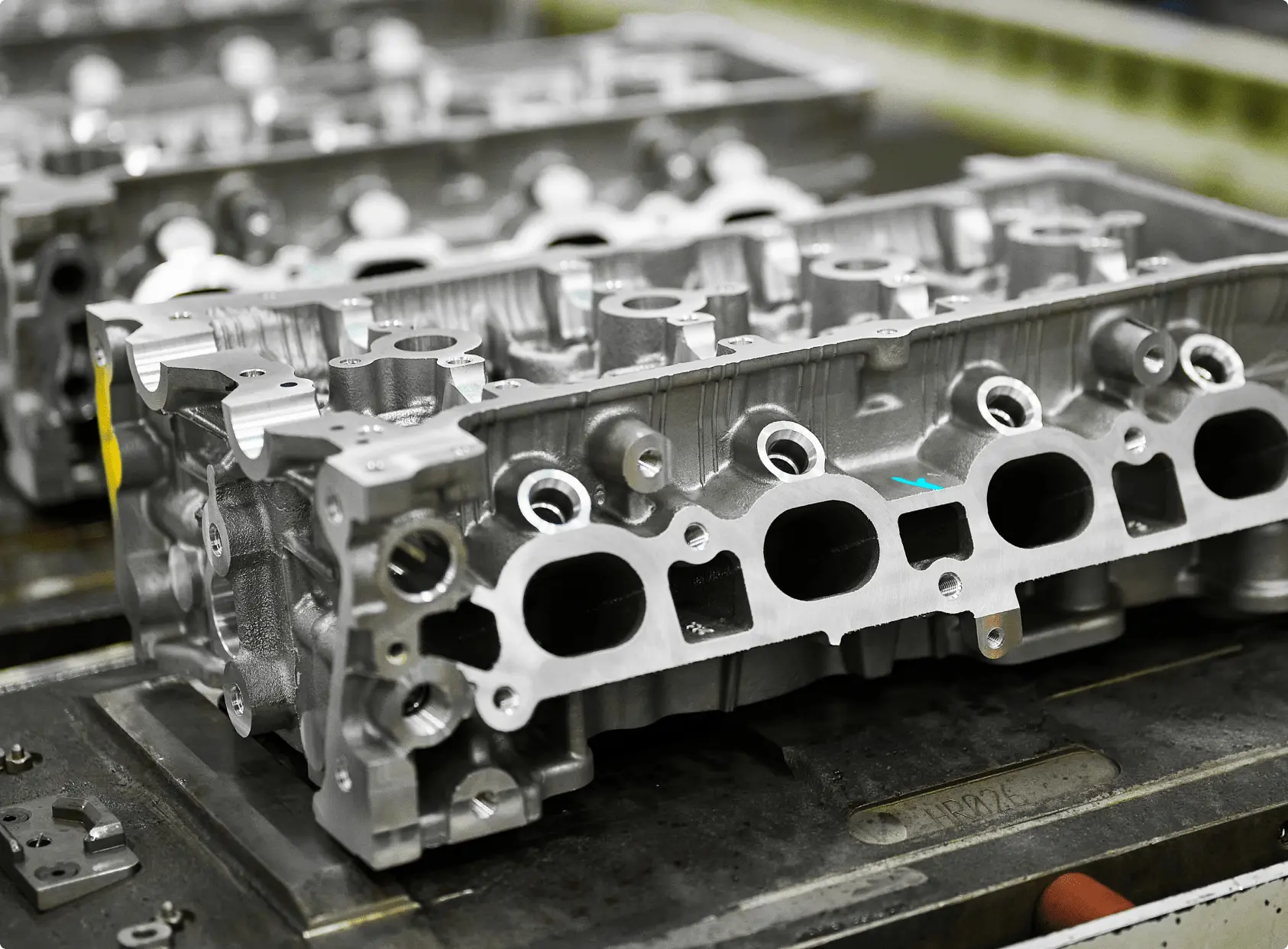
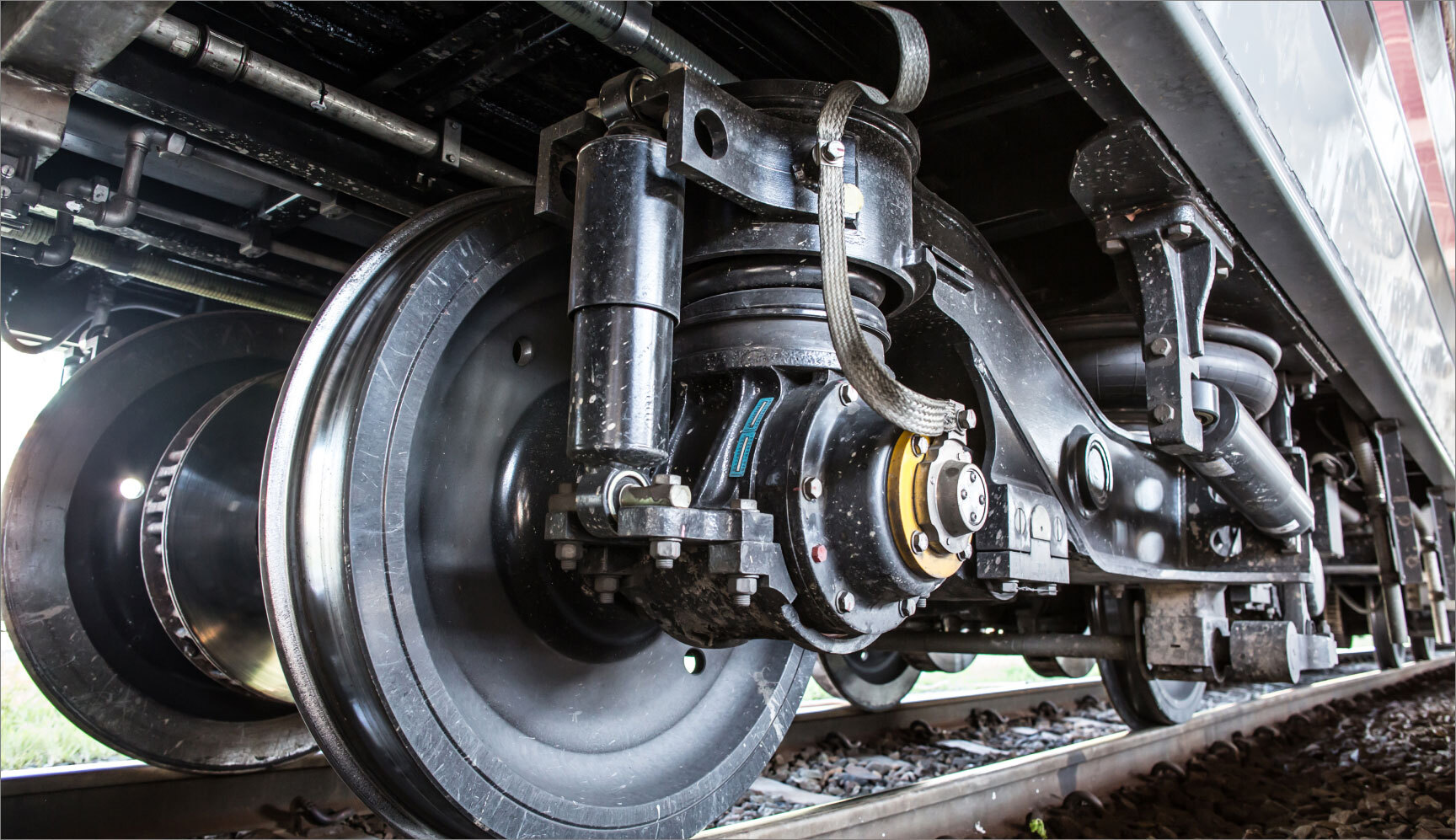

.jpg?width=352&name=Shutterstock_1375070846%20(1).jpg)

.jpg?width=352&name=Shutterstock_2382368291%20(1).jpg)

.jpg?width=352&name=shutterstock_1054220735%20(1).jpg)
